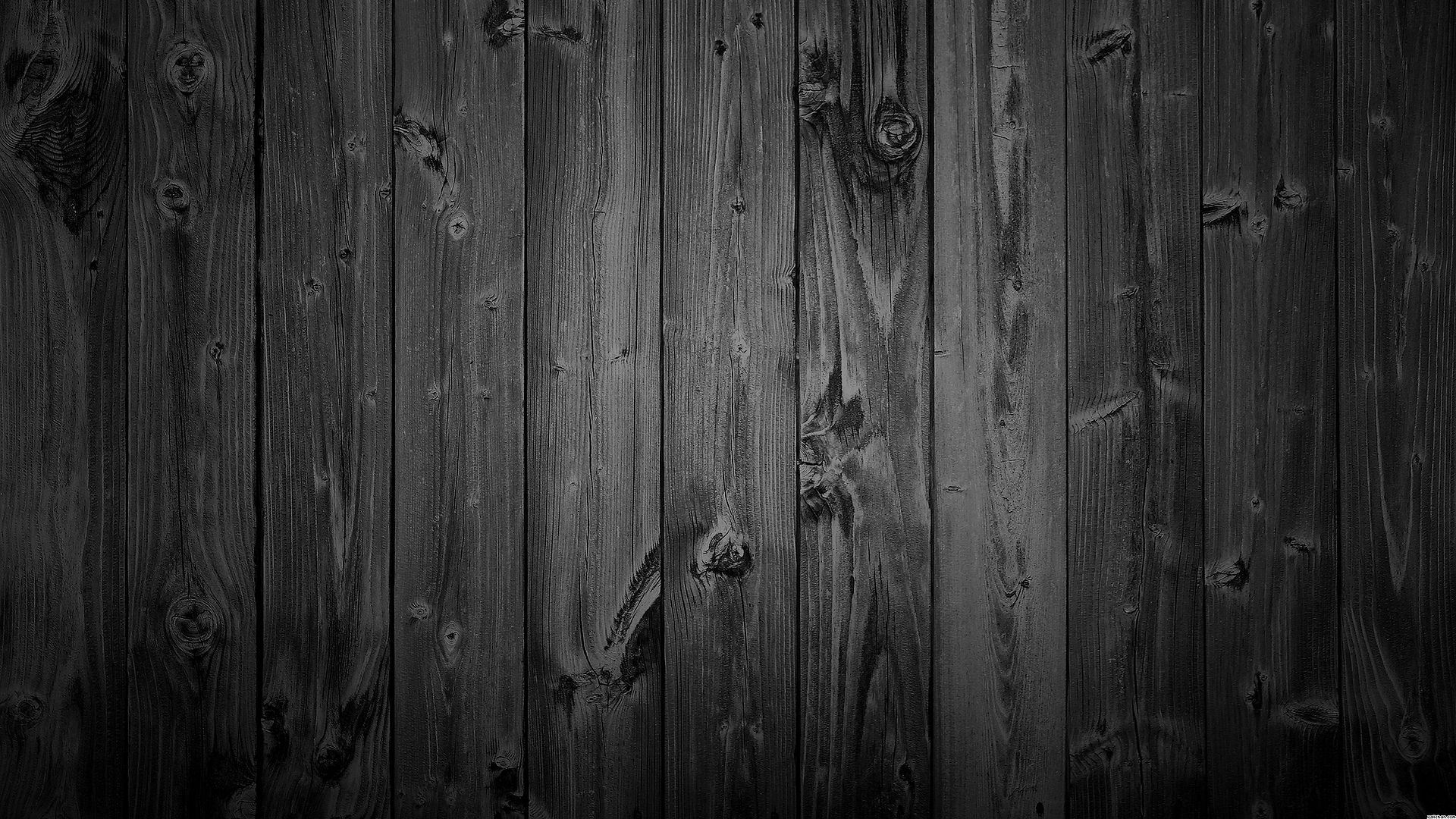
Nuisance Wildlife Removal
Call 417-291-6463
Serving Southwest Missouri
& Southeast Kansas


Damage Identification Pricing
Initial Inspection .................. $85.00*
Return Trip .................. $35.00/day*
*Additional Mileage fee may apply
Livestock & Animal Predation Identification
The identification of the predator involved in killing livestock, pets and wildlife is fairly difficult to master as there are many variables. Sometimes scavenger predators get blamed for a kill when in fact they are just eating what was killed by local dogs or died of natural causes. Getting to the carcass quickly after the animal's death is critical for proper identification of the guilty species. If you are experiencing depredation of your livestock or managed wildlife, our technicians can help you identify what type of predator you are dealing with, which is the first step in putting together an effective predator control plan for your farm or hunting land.
General Principles
-
Predation is rarely observed; therefore, the accurate assessment of losses to specific predators often requires careful investigative work.
-
Determine cause of death by checking for signs on the animal and around the kill site.
-
Size and location of tooth/talon marks will often indicate the species causing predation or at least eliminate certain species from suspicion. Typically, hair/feathers will obscure the attack site. Ideally, the victim will need to be skinned in order to investigate the attack site properly. Always wear appropriate personal protection when skinning or handling an animal. Protective equipment includes, but is not limited to, neoprene gloves, disposable coveralls, googles, mask for mouth and nose, and skills with a knife.
-
Consider the time of day the predation occurred. Night versus day can be important clues particularly when predation by birds is suspected.
-
Extensive bleeding usually is characteristic of predation. Where external bleeding is not apparent, the hide can be removed from the carcass, particularly around the neck, throat, and head, and the area checked for tooth holes, subcutaneous hemorrhage, and tissue damage. Hemorrhage occurs only if skin and tissue damage occurs while the animal is alive. Animals that die from causes other than predation normally do not show external or subcutaneous bleeding, although bloody fluids may be lost from body openings. Animal losses are easiest to evaluate if examination is conducted when the carcass is still fresh. Animals may not always be killed by a throat attack, but may be pulled down from the side or rear. Blood is often on the sides, hind legs, and tail areas. Calves can have their tails chewed off and the nose may have tooth marks or be completely chewed by the predator when the tongue is eaten.
-
Tracks and droppings alone are NOT PROOF of depredation or of the species responsible. They are evidence that a particular predator is in the area and, when combined with other characteristics of depredation, can help determine what species is causing the problem.